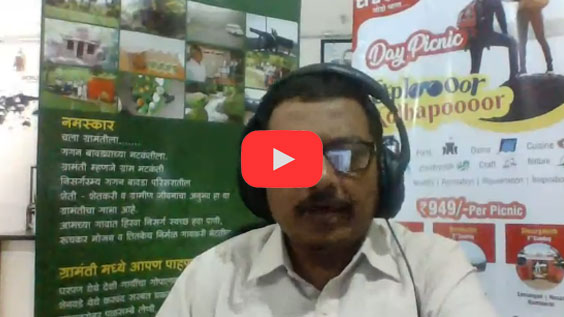Kha-thoo!
A low, deep, guttural sound followed like the engine of a truck springing to life after a night in frigid Delhi winter.
“Did you see him?”
I couldn’t tell if Harsha sounded horrified or in awe.
“Yeah…kind of hard to miss…” I said as I stole a peek at him through rust-eaten, brick-red metallic bars of the window like those on a train, almost expecting a man to scream ‘Chai! Chai!’ from the other side.
“Urgh!”
Instead, I had to settle for a grunt.
The red mud on his bare form lay split by oil and sweat. He was massive. Not in a way that a 5-foot-tall girl finds everything massive. He was massive in a 56-inch-chest, 6-foot-tall kind of way.
“Oh god! He is opening it!”
“Look away, you idiot!”
It was a terrible piece of advice, I must say, for away offered no different a sight. Fifty odd men, all hiding their masculinity in itsy-bitsy pockets—langots—swarmed our view. That, I’ve been told, isn’t something that happens to two women every day. But it would be criminal to call it so – an every day, for we stood amidst crumbling walls and cockroach-infested nooks, privy to a tradition that started in the city of Kolhapur in the 18th century – kushti.
Motibag taleem, one of few survivors of the dwindling heritage of Shri Chatrapati Shahu Maharaj—the first Maharaja of the princely state of Kolhapur—a surprisingly modest establishment, jostles for space between shops that scream for a fresh coat of paint on a street dabbed in the scents of marigold flowers, paan and grease.
Thump!
A strong smell of ghee consumed the air the moment we stepped into the narrow gallery that led to the courtyard of the taleem.
“This feels like an act of blasphemy,” I said. Pehelwans—practitioners of kushti—after all, must follow an important tenet – celibacy. Were we being Maneka to their Vishwamitra?
We went ahead anyway, putting mythological conundrums aside, and crossed the threshold of the gallery into the courtyard. A sterile quiet fell upon the taleem as we entered – the only time that we both can claim, on my part pride, and her part shame, we stunned a group of men into silence.
A two-storey building stood some distance away, beyond a fine specimen of an almond tree on our left and a well on our right. On the ground floor of the building was an open space averse to light, half of it occupied by men built like boulders doing dandand baithak, occasionally stealing looks at the mirror behind them that ran from the ceiling to the floor.
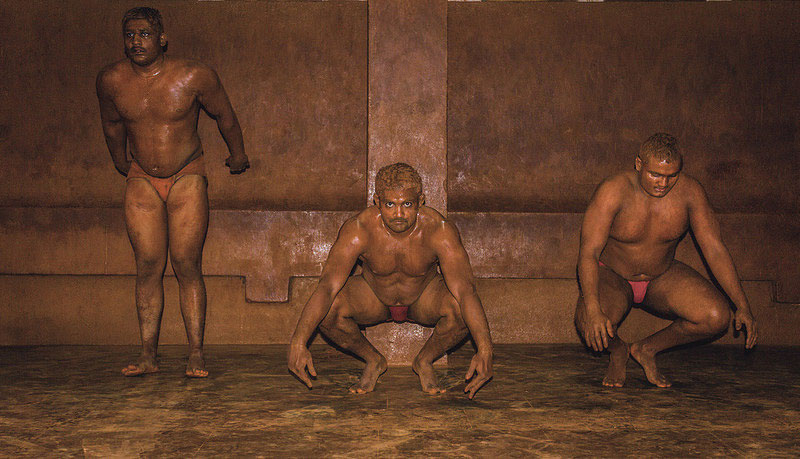
Modern day squat is believed to be derived from baithak.
The rest of the floor was hidden from our view by the walls built around it, outside of which stood scrawny locals, watching what we could not, their visage conveying the tragedy of their own feeble constitutions.
“Was the address easy to find?”
I tore my gaze away from the first floor of the building where a clothes line ran from one end to the other, a dozen underwear upon its spine, and rested it instead on a man with a chest so severe that I could hear his shirt buttons yell in agony. A pair of bright blue Ray-Ban aviators peeked at us from his shirt pocket, his leather shoes slicker than my forehead.
“No problem whatsoever!” said my friend Kunal and shook hands with Sambhaji, a pehelwan who he had been co-coordinating with for nearly a week, an effort that was fuelled by the promise of a spread of mutton, Kolhapuri tambda rassa and pandhara rassa.
Slap!
To our right, a piece of clothing died a brutal death at the hands of a teenage pehelwan as he thrashed it repeatedly on a slab by the well. Behind him, doors of three lavatories shut open and close as pehelwans rushed in and out in a constant stream.
“Like all great things, kushti started in India…” explained Sambhaji while he led the way, his aviators jumping dangerously in sync with his hand gestures, “Only the Indians could have thought of such a great sport…”
Kushti was developed by the Mughals using influences from malla-yuddha—a wrestling form first mentioned in the Hindu epic Ramayana in context of a fight between King Bali and Ravana—and Persian koshti pahlavani – a system of athletics that combines martial arts, calisthenics, music and spirituality.
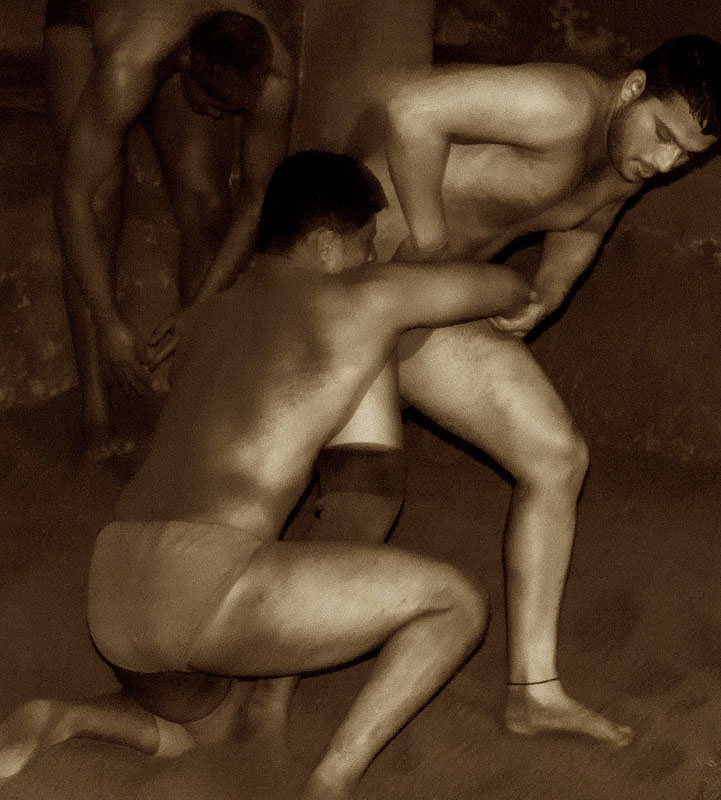
Presumably the antecedent of the Greco-roman style that only allows upper body contact, kushti allows entire body contact.
“Some of the first lessons we receive here have nothing to do with wrestling at all. We are first taught morals and values important to become good human beings – the most crucial element of being a pehelwan…” he said while he led us to the spot where locals were standing, looking down at the haud—pit scooped out in the floor filled with red mud—where pehelwans were grappling with each other.
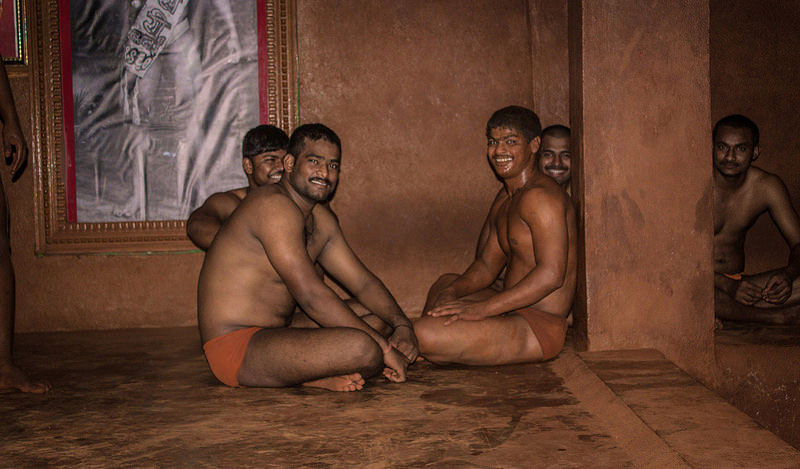
Pehelwans in a taleem share the same sort of camaraderie that one would get to see in a college hostel.
“Women are not allowed inside. You have to watch from here.” Lord Hanuman—worshipped by pehelwans as their patron—whose idol overlooked the haud, would not approve, Harsha and I were told. We both joined other visitors while Kunal followed the pehelwan onto the floor.
It was excruciating to watch – bodies writhing, choking, pounding, hurting.
Thump!
The sound that 90 kgs of sheer muscles and mass makes when thrown on dirt.
“Urgh!
The cry that follows the rattling of bones.
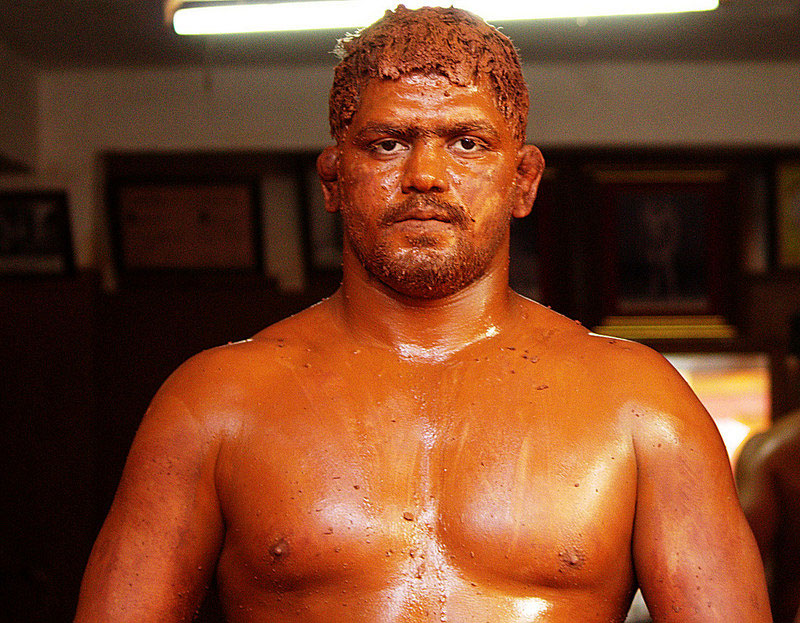
Guitarists have callouses on the top of their fingers. Equestrians have a bow-legged stance. Pehelwans, we learnt, have cauliflower ears, a result of repeated clouting and pulling and a sign of a seasoned pehelwan.
Men wrestling. The way our ancestors did. Raw, primal, and yet, in the most unexpected of ways, poetic.
The pehelwans often paused while wrestling, to besmirch themselves with the very soil that they fought on—dredged from the river bank and mixed with ghee, mustard oil, peanut oil, lemon juice, turmeric powder, yoghurt and milk, believed to make the soil sanative—to make the task of gripping their oil-soaked bodies easier to their opponents.
The haud, which contains it, is a temple for the pehelwans where they perform pujas before starting the day’s practice – a reminder of kushti’s spiritual heritage.
Everything that seemed vacuous hid a deliberate thought, nurtured a deeper meaning.
The pujas. The Hanuman idol. The soil.
Even the word taleem.
It seemed strange that these men who worshipped a Hindu god and lived a righteous life guided by Hindu principles would call it so – taleem—the Urdu word for education—and not akhada.
Its genesis, Sambhaji told us, was rooted in 1894 during Chatrapati Shahu Maharaj’s rule when he built hundreds of akhadas throughout Kolhapur and invited wrestlers from all over pre-partition India, several of them from the part of Punjab that now lies in Pakistan where the commonly used term, on account of the language spoken, was taleem. It was also the birth-place of the legendary Gama pehelwan, born Ghulam Muhammad in 1878, who remained undefeated in a career spanning over 50 years, his story known to every pehelwan.
“During partition riots,” said Sambhaji, “he guarded a neighbourhood colony of Hindus in the face of a violent mob…that is the ideal every pehelwan lives up to.”
Kushti, we realized that day, is not just a sport to its practitioners. Its core principles—zeitgeist of a simpler era—drive their lives. Some believe it is this devotion to archaic ethos that is killing the sport. And it is tragic to watch these men with limbs like pillars of concrete and chests like barrels on the verge of losing the fight that is most imperative for their survival as kushti inevitably wanes.
The greater tragedy though, is our inability to see beyond the obvious. Poetry is not always in the pretty. Our culture is not the sum total of holy, bearded men smoking ganja and colours of holi.
There is a baffling history here, a fantastic narrative that deserves to live on.
Men wrestled.
I can only hope it never comes to this.
A special thanks to Kunal Kshatriya, Sambhaji Patil, Maruti Jadhav & pehelwans of Motibag taleem.
Trishna Mohanty
Freelance writer
Skype: trishnamohanty | Mob: +91 9975679172
Blog: http://darbadar.com
Website: http://trishnamohanty.com
Upwork: https://www.upwork.com/o/profiles/users/_~0112878c14306e5168/



